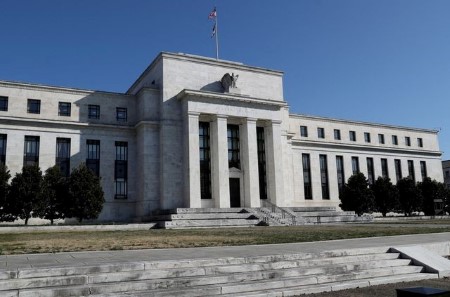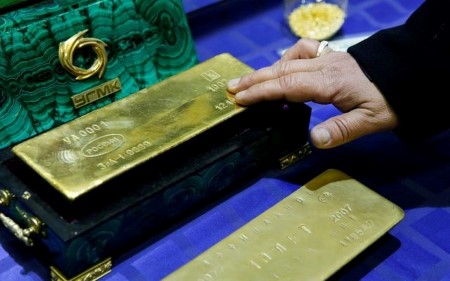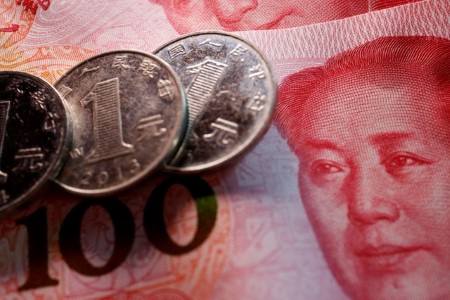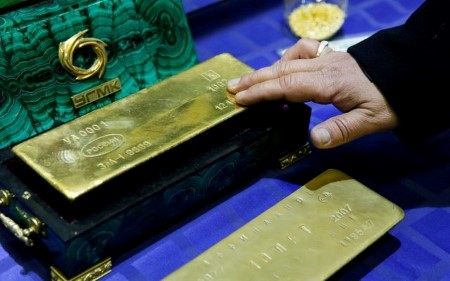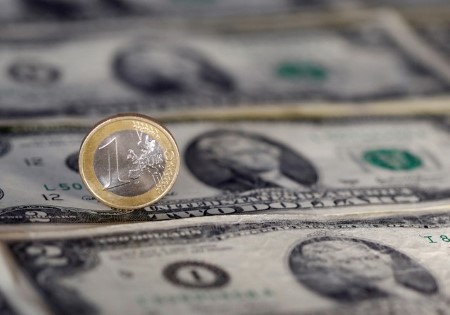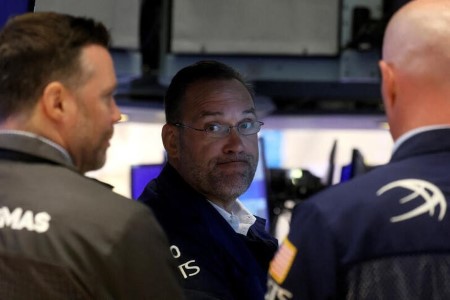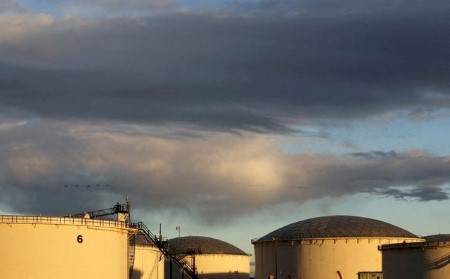July 18 (Reuters) – Oil prices rose more than USD 5 on Monday, boosted by dollar weakness and expectations that the US Federal Reserve won’t raise interest rates by a full percentage point at its next meeting to combat inflation.
Brent crude futures for September settlement gained USD 5.11, or 5.1%, to settle at USD 106.27 a barrel, after rising 2.1% on Friday.
US West Texas Intermediate (WTI) crude futures for August delivery settled up USD 5.01, or 5.1%, at USD 102.60 after rising by 1.9% in the previous session.
On Friday two US Federal Reserve officials indicated the central bank would likely only raise interest rates by 75 basis points at its July 26-27 meeting. Previous reports that the Fed was considering a 100 basis point decision sent markets lower late last week.
The US dollar retreated from multi-year highs on Monday, supporting commodities prices. A weaker dollar makes dollar-denominated commodities more affordable for holders of other currencies.
“Today’s strong advance resulted largely from a sizable and broad-based weakening in the US dollar that has been providing a key driver behind daily oil price swings during the past several weeks,” said Jim Ritterbusch, president of Ritterbusch and Associates LLC in Galena, Illinois.
Both Brent and WTI last week registered their biggest weekly declines in about a month.
Oil supplies remain tight. As expected, US President Joe Biden’s trip to Saudi Arabia did not yield any pledge from the top OPEC producer to boost oil supply.
Biden wants Gulf oil producers to step up output to help to lower oil prices.
Russian gas export monopoly Gazprom declared force majeure on gas supplies to Europe to at least one major customer, according to the letter seen by Reuters, potentially ratcheting up the conflict between Moscow and Europe.
That added support to oil prices, as traders saw it potentially as a precursor to actions by Russia to use energy as a weapon.
“The other clear risk …is that Russia will further slash energy supplies to Europe to try to raise the cost of supporting Ukraine and imposing sanctions,” said Helima Croft, head of global commodity strategy at RBC Capital Markets.
(Additional reporting by Noah Browning in London, Sonali Paul in Melbourne and Florence Tan in Singapore; Editing by David Goodman, Jonathan Oatis, Paul Simao and Cynthia Osterman)






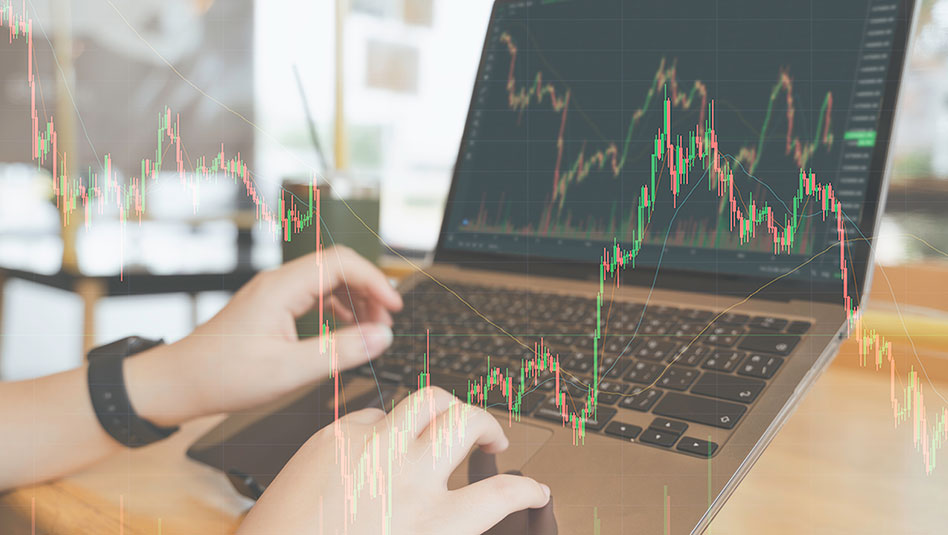
 DOWNLOAD
DOWNLOAD




